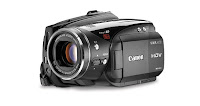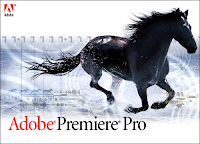 I don't like this shot as I feel it is too zoomed out and the main feature of the frame isn't in the middle.
I don't like this shot as I feel it is too zoomed out and the main feature of the frame isn't in the middle.
This shot was not successful because the actress is looking straight into the camera and smiling. To make this scene look realistic it should look like the actress doesn't know that the camera is there.
 I don't like this shot because there is too much empty space in the frame.
I don't like this shot because there is too much empty space in the frame.During making our preliminary task, an issue we encountered was that the acting skills that we had weren't very good and they kept laughing when they were talking. To improve this problem in our final production we kept the majority of our film dialogue-less as this prevents the actors from laughing.
Examples of improvement in our final title sequence from our preliminary task are my ability to control and use the camera and use a variety of shots. Another improvement that was made to the film was the editing ability which made the film flow more effectively and to make it so the video didn't jump.
The skills I have gained over the course of the project are:
- How to use a camera and tripod.
- How to use the editing suite to create an effective production.
- How to use the television studio (lights and green screen)
- How to replace the green screen with a background on the editing software.
- To have a back-up plan incase something goes wrong.
- To communicate well with my group
- To film more than I think I'll need just incase match-on-action can't be done.
- 180-degree rule.
- Match-on-action
- Shot-Reverse-Shot














